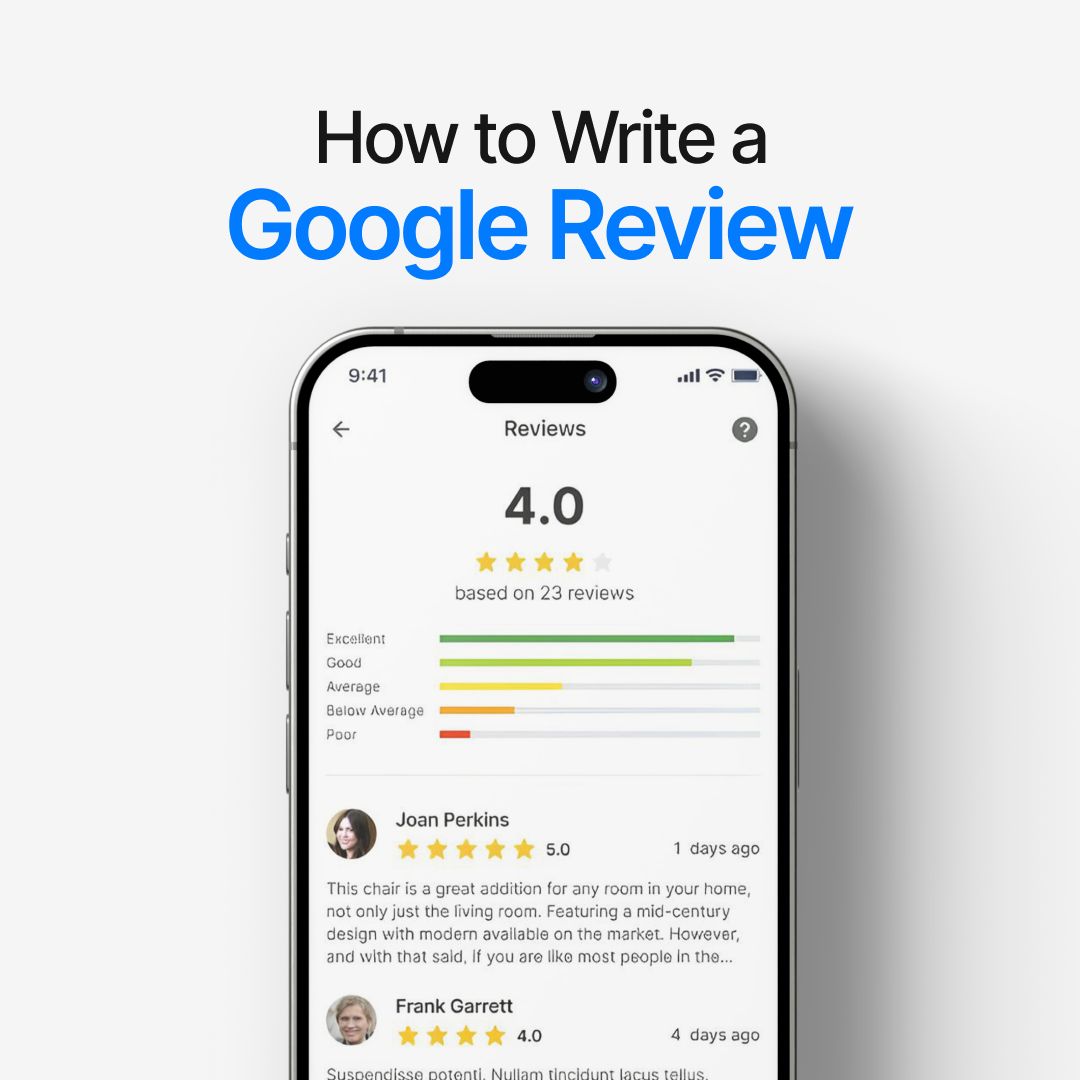
How to Write a Speech for Congressional Debate
Congressional debate is unlike most other debate formats. Instead of two sides clashing over a single resolution, students step into a chamber that mirrors the U.S. Congress.
They propose, argue, and vote on a series of bills and resolutions. Speeches are short, usually three minutes, yet they carry weight. In those three minutes, you must explain your position, persuade both judges and peers, and show command of research and rhetoric.
Many competitors stumble not because they lack ideas but because they don’t know how to structure them. A strong speech turns scattered evidence into clear arguments and leaves the chamber remembering your words. This guide will walk through how to research, outline, and deliver speeches that work in congressional debate.
What is Congressional Debate
Congressional debate is a competitive event where students simulate the legislative process. Participants take on the roles of representatives or senators, debating a docket of bills and resolutions. Each speaker delivers timed speeches, answers questions, and follows parliamentary procedure.
What makes it different from formats like Lincoln-Douglas or Public Forum is the setting. Instead of a single resolution debated back and forth, there is a chamber with many participants, each trying to persuade while maintaining order and decorum.
Speeches are shorter, but frequency and consistency matter – every speech is a chance to influence the flow of the chamber.
A successful congressional debate speech combines three things: solid research, a clear structure, and delivery that balances persuasion with professionalism.
Step 1: Understand the Bill or Resolution
Every speech in congressional debate begins with legislation. If you don’t fully understand what the bill or resolution proposes, your arguments will feel vague or repetitive. Read the text closely.
Ask: What problem is it trying to solve? Who benefits? Who pays the cost?
Good preparation goes further. Research background context – how similar policies work in real government, what experts or institutions have said, and what effects are predicted.
This allows you to go beyond surface-level talking points and present arguments with depth. Judges notice when you’ve done the homework.
Step 2: Decide Whether to Speak Affirmative or Negative
Once you know the bill, you need to choose a side. In congressional debate, speakers line up to speak either for or against the legislation. Deciding which side to take is strategic.
Supporting the bill (affirmative) means showing how it solves a problem or benefits society. Opposing the bill (negative) requires proving that it creates more harm than good or is unnecessary.
Both sides can be persuasive, but context matters. If the chamber leans heavily one way, taking the other side may make your speech stand out.
Whichever position you choose, anchor it in logic and evidence. Clear reasoning beats dramatic claims every time.
Step 3: Research Evidence Thoroughly for Congressional Debate
A congressional debate speech without evidence sounds hollow. Judges reward competitors who back claims with credible data. That means you need to go beyond opinion and pull from reliable sources: government reports, peer-reviewed journals, think tanks, or respected news outlets.
When researching, think about both sides. Gather evidence that supports your position but also prepare material to answer the most obvious counterarguments. If your speech only works when unchallenged, it won’t hold up once questioning begins.
Tip: Keep your evidence current. Outdated statistics or policies from decades ago weaken your credibility. A well-timed fact or recent study can be the difference between blending in and standing out.
Step 4: Build a Clear Speech Structure
Congressional debate speeches are short. You get three minutes to introduce your stance, present arguments, and finish strong. Without structure, time slips away quickly.
A simple, effective outline looks like this:
- Introduction – Hook the chamber and state your position.
- Contention 1 – Your strongest argument, supported with evidence.
- Contention 2 – A second point that builds depth and adds variety.
- Conclusion – Restate your position and end with a memorable line.
Avoid overstuffing. Two strong contentions explained clearly have more impact than five points skimmed. Remember: judges reward clarity, not quantity.
Step 5: Write a Strong Introduction and Conclusion
The first 20 seconds of your speech decide whether the chamber pays attention. A strong introduction sets tone and grabs attention immediately.
Instead of starting with “I rise in strong affirmation…,” try something sharper:
- Ask a rhetorical question that forces thought.
- Share a short statistic that highlights urgency.
- Quote a credible voice that connects to the bill.
After the hook, state your position clearly. Judges appreciate confidence when you frame your stance without hesitation.
The conclusion is where you leave an impression. Avoid repeating the entire speech. Instead, summarize the central idea in one line, tie it back to your opening hook, and finish with confidence.
A closing sentence like, “Voting yes is not about theory – it’s about responsibility to the people this bill protects,” stays with listeners long after you sit down.
Delivery Tips for Congressional Debate Speeches
Writing a good speech is only half the task. Delivery is what turns words into persuasion. In congressional debate, strong delivery balances passion with professionalism.
- Control pacing – Speak clearly and avoid racing through points. Judges need to follow your logic.
- Use emphasis wisely – Pauses and changes in tone make your speech dynamic.
- Maintain eye contact – Address the chamber, not your paper. Confidence shows through body language.
- Stay respectful – Passion persuades, but aggression turns audiences away. Always keep chamber decorum in mind.
- Practice with a timer – Three minutes go fast. Rehearse until you can deliver smoothly within time limits.
Polished delivery makes even simple arguments sound convincing. Nervous or rushed delivery makes even the best-written speech forgettable.
Common Mistakes to Avoid in Congressional Debate Speeches
Even skilled competitors fall into traps that weaken their speeches. Knowing what to avoid helps keep your performance sharp.
- Overloading with evidence – A string of stats without analysis feels like reading a report, not making an argument. Always explain why the data matters.
- Speaking too generally – Vague claims like “this will help the economy” fall flat. Be specific about how and why.
- Poor time management – Spending two minutes on the introduction leaves no room for contentions. Balance is key.
- Ignoring opposing arguments – Pretending the other side doesn’t exist makes your speech look shallow. Address the strongest counterpoint directly.
- Monotone delivery – Even perfect logic can lose impact if delivered without energy. Variation in tone and pace makes you persuasive.
Quick Template for a 3-Minute Congressional Debate Speech
Having a template keeps you grounded when nerves hit. Here’s a structure you can adapt for any bill or resolution:
Introduction (20–30 seconds)
- Hook with a question, statistic, or quote.
- State your stance clearly.
Contention 1 (1 minute)
- Present strongest argument.
- Support with one or two solid pieces of evidence.
- Explain why it matters.
Contention 2 (1 minute)
- Add depth with a second angle.
- Use evidence to back it up.
- Tie it back to real-world impact.
Conclusion (20–30 seconds)
- Restate stance in one line.
- Connect back to hook.
- End with a memorable closing sentence.
This outline keeps you within time and ensures you deliver a complete, persuasive speech every time you stand.
Dos and Don’ts of Writing and Delivering a Congressional Debate Speech
Dos
- Do keep your arguments focused on the bill at hand, not on unrelated issues.
- Do prepare both affirmative and negative cases. You may not know which side you’ll speak on until the chamber opens.
- Do practice delivery out loud. A speech that looks good on paper may sound awkward when spoken.
- Do listen closely to previous speakers. Responding directly shows engagement and earns higher points.
Don’ts
- Don’t memorize word for word. Judges prefer natural delivery over robotic recitation.
- Don’t overload with jargon. Keep language clear enough that everyone in the chamber can follow.
- Don’t ignore time signals. Cutting off mid-sentence lowers credibility.
- Don’t copy other speeches in the chamber. Fresh perspectives always stand out.
How Chatly Can Help with Congressional Debate Speeches
Preparing for congressional debate can feel overwhelming. Research piles up, arguments blur together, and polishing multiple speeches before a tournament eats up hours.
This is where Chatly AI Chat becomes more than a writing tool – it’s almost a debate assistant.
Here’s how Chatly helps:
- Draft faster – Feed in the bill or resolution, and Chatly generates structured draft speeches you can refine.
- Balance both sides – Generate sample arguments for both affirmative and negative, so you’re never caught unprepared.
- Polish language – Adjust tone from formal to conversational, ensuring your speech feels natural when spoken.
- Practice questions – Use Chatly to simulate chamber-style questioning, sharpening your ability to defend arguments on the spot.
Debate champions know success comes from preparation. Chatly trims the busywork so you can focus on delivery, strategy, and confidence in the chamber.
Conclusion
A congressional debate speech is more than a performance. It is the ability to break down complex policies into clear, persuasive arguments within minutes.
With the right structure, evidence, and delivery, any competitor can rise in the chamber and command attention.
Preparation is the key. Confidence grows when you know your arguments, respect the process, and speak with clarity.
Every speech is a chance to shape discussion. Treat it as practice in leadership and persuasion, not just a competition round. Those who learn how to argue effectively here often carry that skill far beyond the chamber.
Suggested Reads
Frequently Asked Questions
Here are the most frequent questions we receive related to writing a speech for congressional debate.
More topics you may like

How to Write a Bulk Sales Request to a Buyer

Muhammad Bin Habib

How to Write a Complaint Letter to a Hospital


How to Write a Google Review That is Helpful and Feels Unbiased

Muhammad Bin Habib

How to Write a Great Memoir: How to Start & Finish Your First Draft

Muhammad Bin Habib

How to Write AI Art Prompts: A Complete Guide

Muhammad Bin Habib
